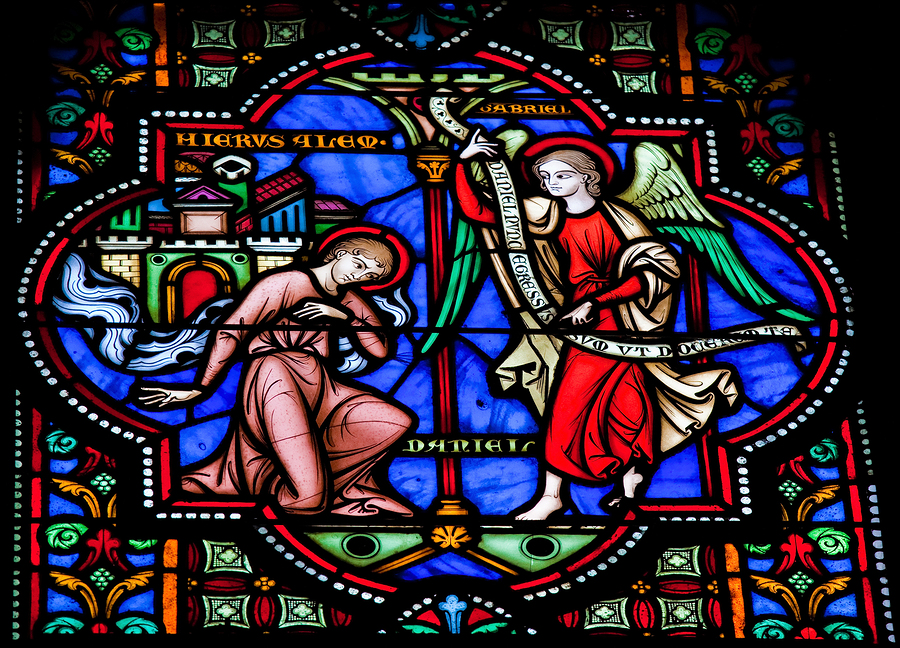
Ancient site that manufactured glass for Roman Empire found.
Remains of kilns, used to produce commercial quantities of raw pale green Judean glass, have been uncovered in Israel, where they lay dormant for over 1,600 years, according to discovery.com.
The kilns, which date back to the Late Roman period, were happened upon last summer by workers at a construction site that was a part of the Jezreel Valley Railway Project, near Haifa.
A statement issued by the Israel Antiquities Authority (IAA) said “the Land of Israel was one of the foremost centers for glass production in the ancient world.” Yael Gorin-Rosen, head curator of the IAA Glass Department, added ““We know from historical sources dating to the Roman period that the Valley of Akko was renowned for the excellent quality sand located there, which was highly suitable for the manufacture of glass.”
Earlier discoveries of the glass in shipwrecks in the Mediterranean and at sites in Europe led to chemical analyses that indicated Israel was the source of the glass, and Gorin-Rosen adds now the kilns have been found where the raw material was used to produce this type of glassware.
The excavation of the site exposed fragments of the floor, pieces of vitrified bricks, used in the walls and ceilings of the kilns, and also clean raw glass chips, according to Abdel Al-Salam Sa’id, an inspector with the IAA. “We were absolutely overwhelmed with excitement when we understood the great significance of the finds,” he adds.
Large quantities of glass were needed by the Romans, since nearly every house used the material to construct windows, mosaics and lighting fixtures, and an price edict from the Roman emperor Diocletian in the early fourth century indicated there were essentially two kinds of glass being used. The light green Judean glass came from Israel, while the more expensive Alexandrian glass was manufactured in Egypt.
The findings indicate the glass was mass produced in Israel and widely distributed throughout the Mediterranean and across Europe.

Leave a Reply